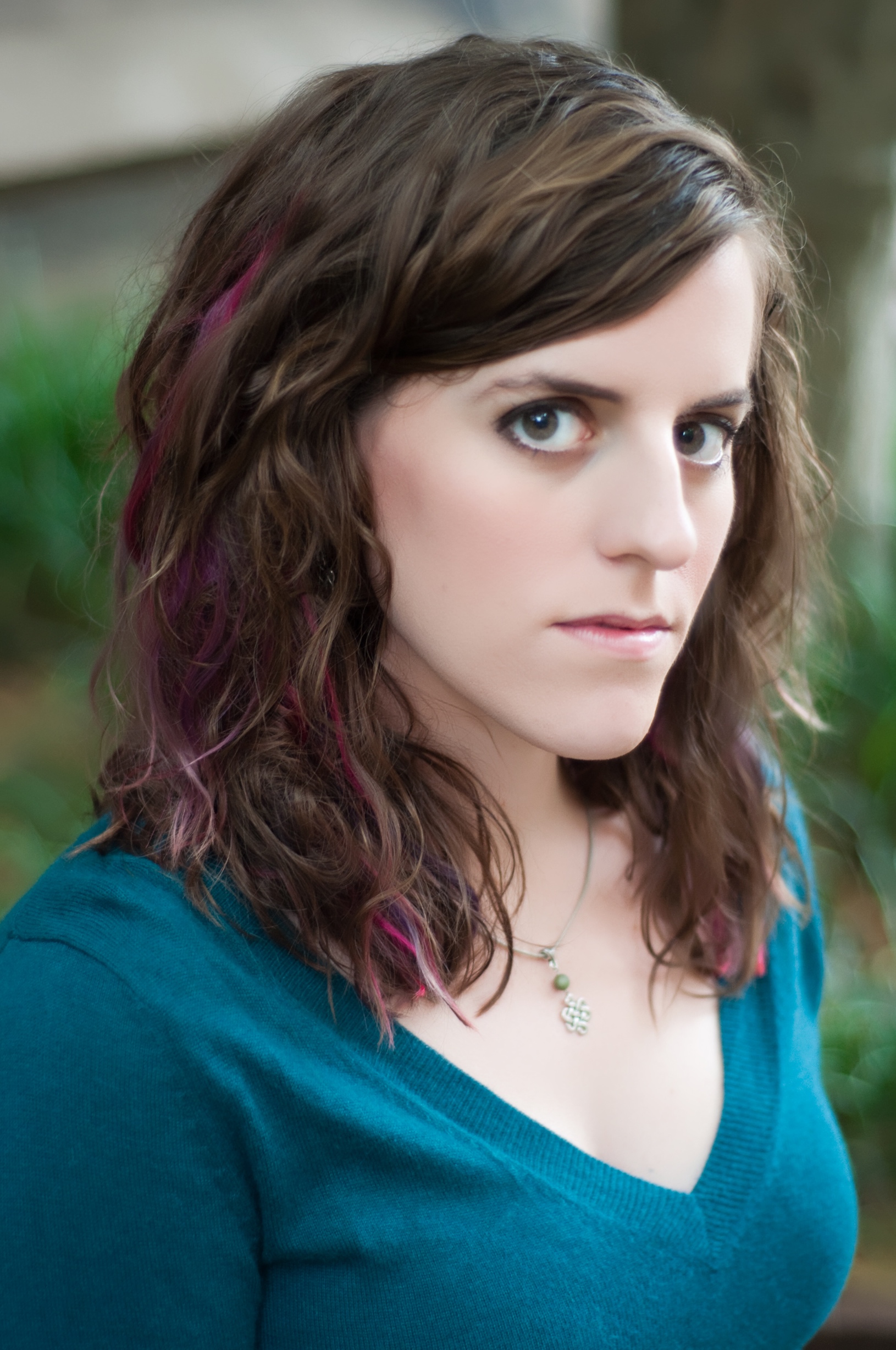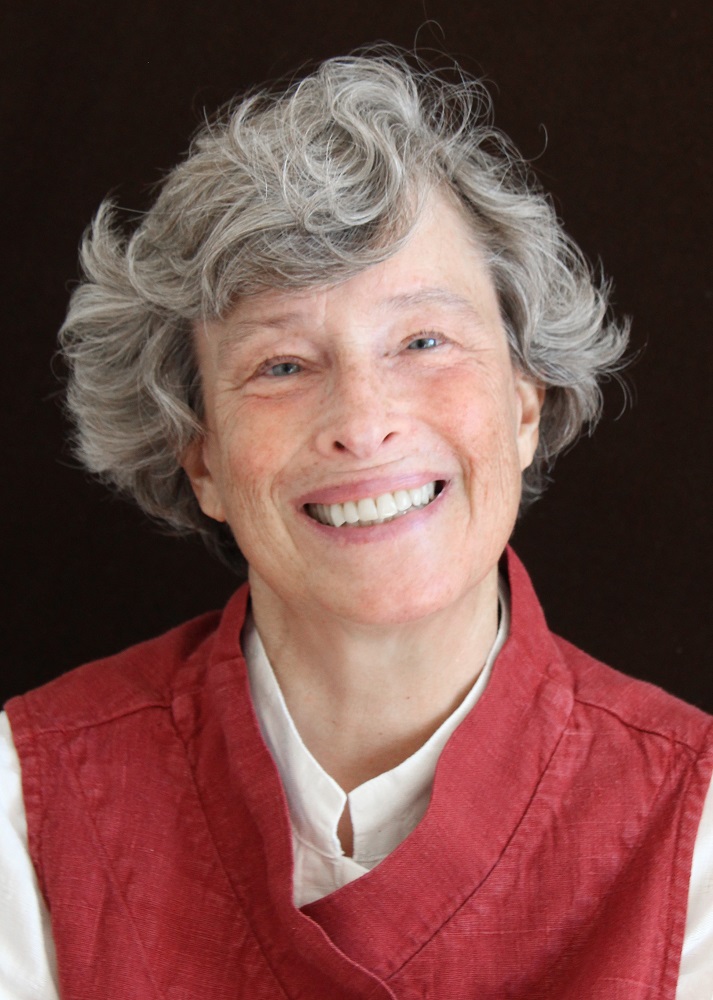 |
| photo: Ellen B. Wright |
Claire Legrand was a musician until she realized she couldn't stop thinking about the stories in her head. Now she is a librarian and the author of several novels for children and young adults, including the Edgar Award-nominated Some Kind of Happiness; The Cavendish Home for Boys and Girls; and the first in the Empirium trilogy, Furyborn (Sourcebooks Fire, May 22, 2018). Visit Claire at claire-legrand.com and on Twitter @clairelegrand.
The Furyborn reader is greeted immediately with a map of the world of Avitas. How did the map fit into your writing process? How did you create it?
I've had the world of the Empirium trilogy in my head for years--14, to be exact! I'd sketched out various incarnations of the Avitas map during that time, inspired by world maps in other fantasy books. The map shifted and evolved as the story evolved. Being able to see the layout of the world helped me orient myself and establish just how big the scope of this story is. Once we sold Furyborn and I started working with the Sourcebooks team, I drew a much more polished version of the map and they made it pretty.
At the beginning of each chapter there is a quote from a different historical text--history books, poems, prayers. How do you go about creating those texts?
There is a tremendous amount of world building and back story to convey in this story, so in an effort to keep the reader from getting overwhelmed--and to keep the book length down--I decided the epigraphs at the beginning of each chapter would be a fun way to concisely convey certain important pieces of information. I also hoped the epigraphs would enrich the reading experience. I wanted the world to feel lived-in and worn, for the reader to understand the richness of Avitas. I did not, however, write the texts in their entirety; that would have taken me forever!
There are two female protagonists--Rielle and Eliana--who live about 1,000 years apart. What was it like to build a timeline as intricate as this one? Did one of the two young women's stories come to you before the other?
Rielle was the first character I developed; the rest of the story grew up around her, which is fitting, as without her, there would be no story. Keeping the timeline straight is tricky, and I imagine it will become even more so as I write books two and three. But I have pages and pages of notes for this series, not to mention a great editorial team at Sourcebooks and fantastic author colleagues who read my early drafts.
Rielle practically vibrates with power. What was your inspiration for this character and how did you develop her?
As cheesy as it sounds, Rielle came to me in a vision. I was staring out the window of an airplane and listening to Howard Shore's score for Lord of the Rings: Return of the King. Suddenly I imagined a young woman--beautiful, powerful, in a great deal of pain and surrounded by a fiery battlefield. I knew she was alone and frightened, and that she was about to make a decision that would change the course of her life. I was intrigued by this woman, and began asking myself questions about her: What kind of power does she have? Who loves her? Who hates her? What's about to happen to her? Why? Thus, the story of Rielle was born.
Furyborn pays a lot of attention to gendered power dynamics. Were you looking to say something through these formidable young women?
Rielle and Eliana exist in a world where everyone around them is trying to tell them who they are, what they should do with the power they carry, who they should love, who they should obey. Within the confines of that world, and throughout the entire trilogy, both women must determine for themselves the kind of people they want to be, and what they will do with their power.
At the beginning of Furyborn, both Rielle and Eliana are surrounded by powerful men--some good, some not. As they begin their separate-but-intertwined journeys, discovering who they truly are and breaking free of the expectations set for them, they learn to lean on other women, and on men who can be true allies. I hope readers come away from Furyborn feeling empowered and inspired by how Rielle and Eliana take ownership of their lives.
There is a lot of sword, knife and hand fighting in this book. How do you create such fluid combat?
Furyborn features several high-octane fight scenes and action scenes, and every one of them was absolutely exhausting to write--fun, but exhausting. To get in the right headspace for action scenes, I watched set-pieces from some of my favorite films, including The Matrix, Mad Max: Fury Road, Aliens.... I also obsessively watched the lightsaber duels from the Star Wars saga. I'm a very visually minded person, so watching expertly executed action scenes helps me internalize how these sequences should look and feel.
As a former musician, rhythm is very important to me, both in terms of a scene's language and in terms of its blocking. I think a lot about rhythm when writing action scenes: When does the reader need a moment to catch their breath? Is the pacing accelerating as it should? What's the give-and-take between our hero and whatever they're fighting against? I also think a lot about how much detail is necessary; the reader should be able to easily follow the scene's progress while not feeling inundated with descriptive information.
Do you already know what will happen in the next two books?
For the most part, yes. I've had certain scenes and sequences in my head for years, and I am ridiculously excited to finally write them as I work on books two and three. Some elements will change during the drafting process, and again during revisions, but I'm confident that the overall arc for the trilogy will remain true to my original vision. --Siân Gaetano

 I never did, and now it's too late. The saga is over, the curtain down, without even one murder detective making an appearance. Do I regret it? No. There was no one I was willing to kill off. Do I regret being finished with the Penderwick family? No. They're still alive in my imagination, just as they've always been.
I never did, and now it's too late. The saga is over, the curtain down, without even one murder detective making an appearance. Do I regret it? No. There was no one I was willing to kill off. Do I regret being finished with the Penderwick family? No. They're still alive in my imagination, just as they've always been. 

















